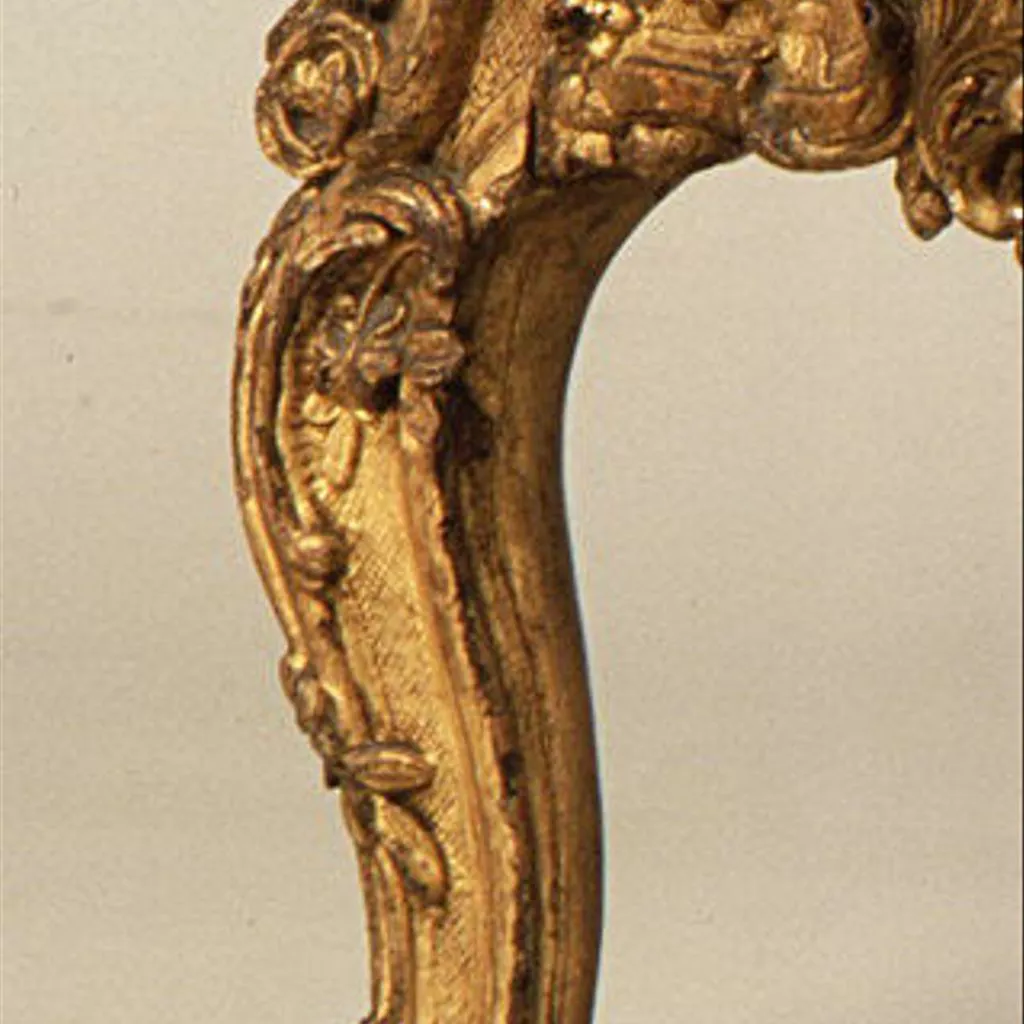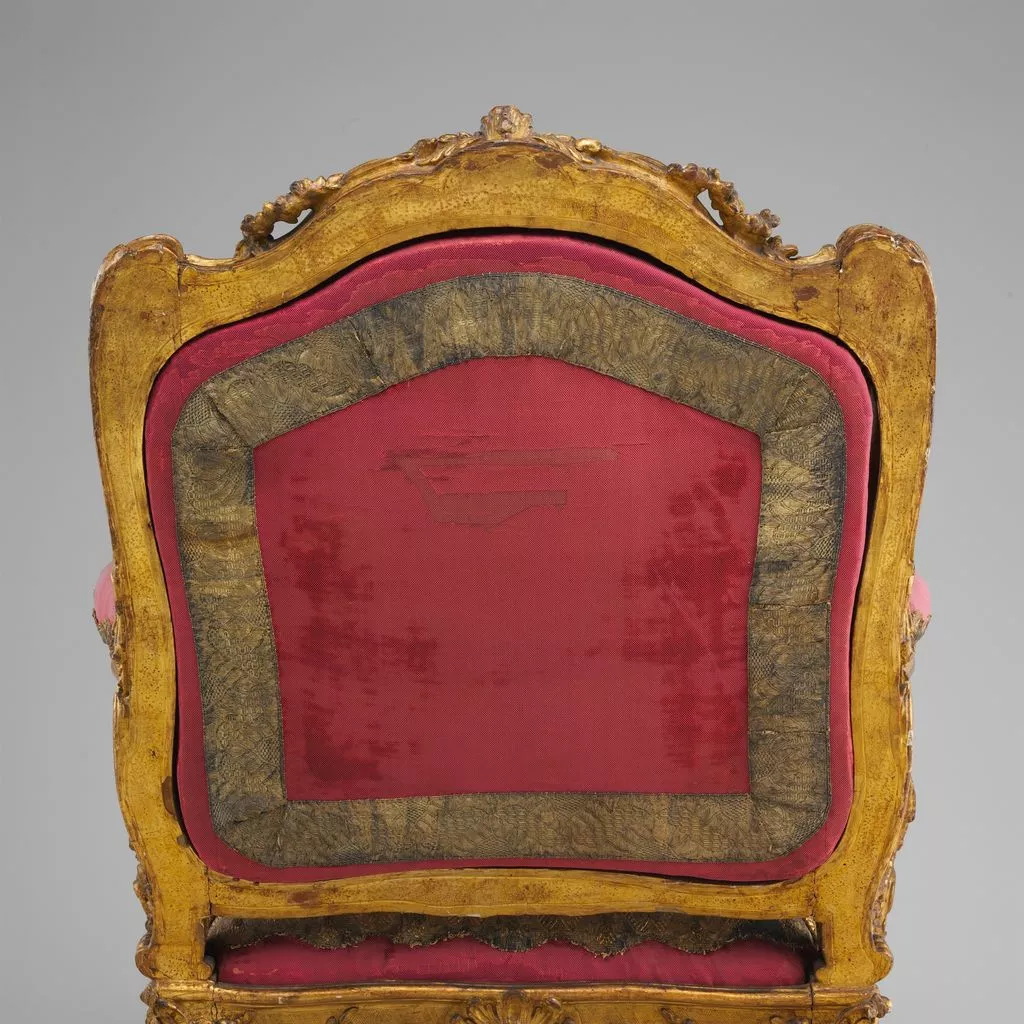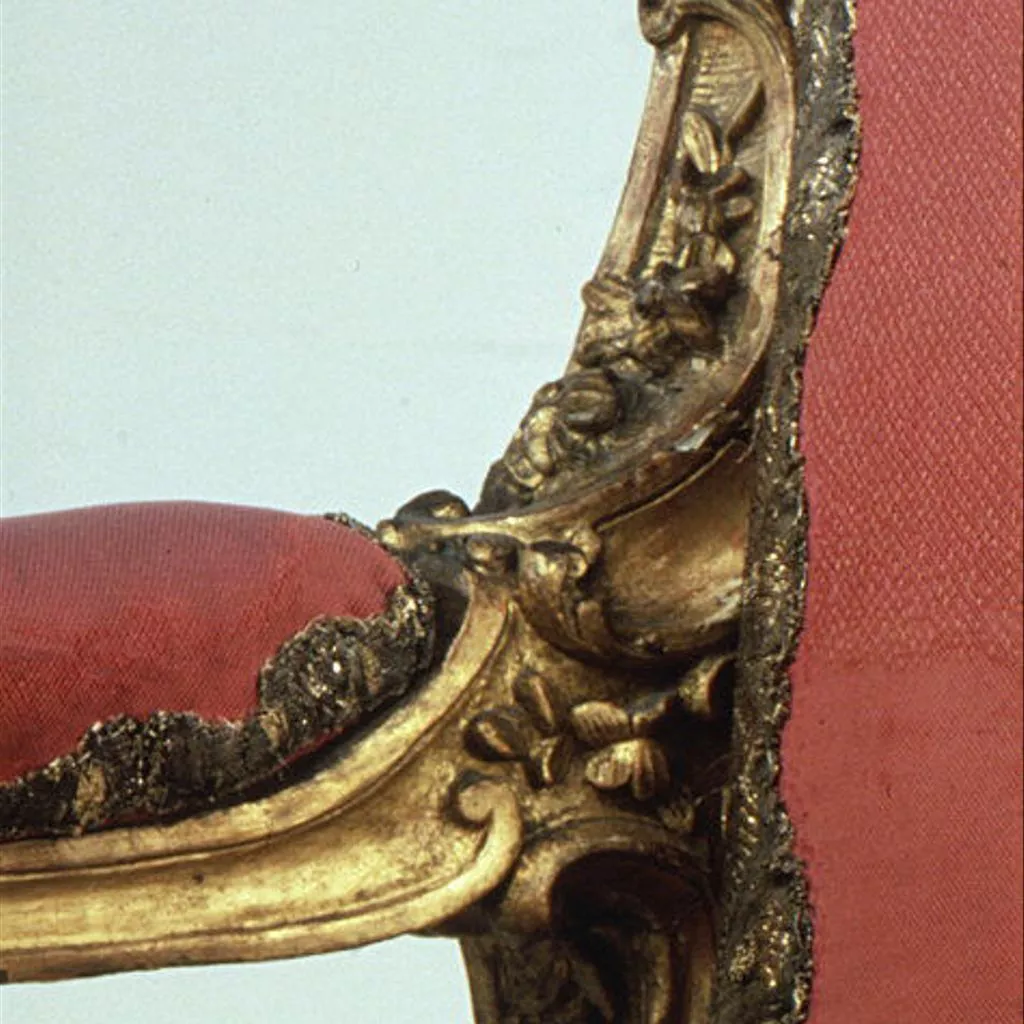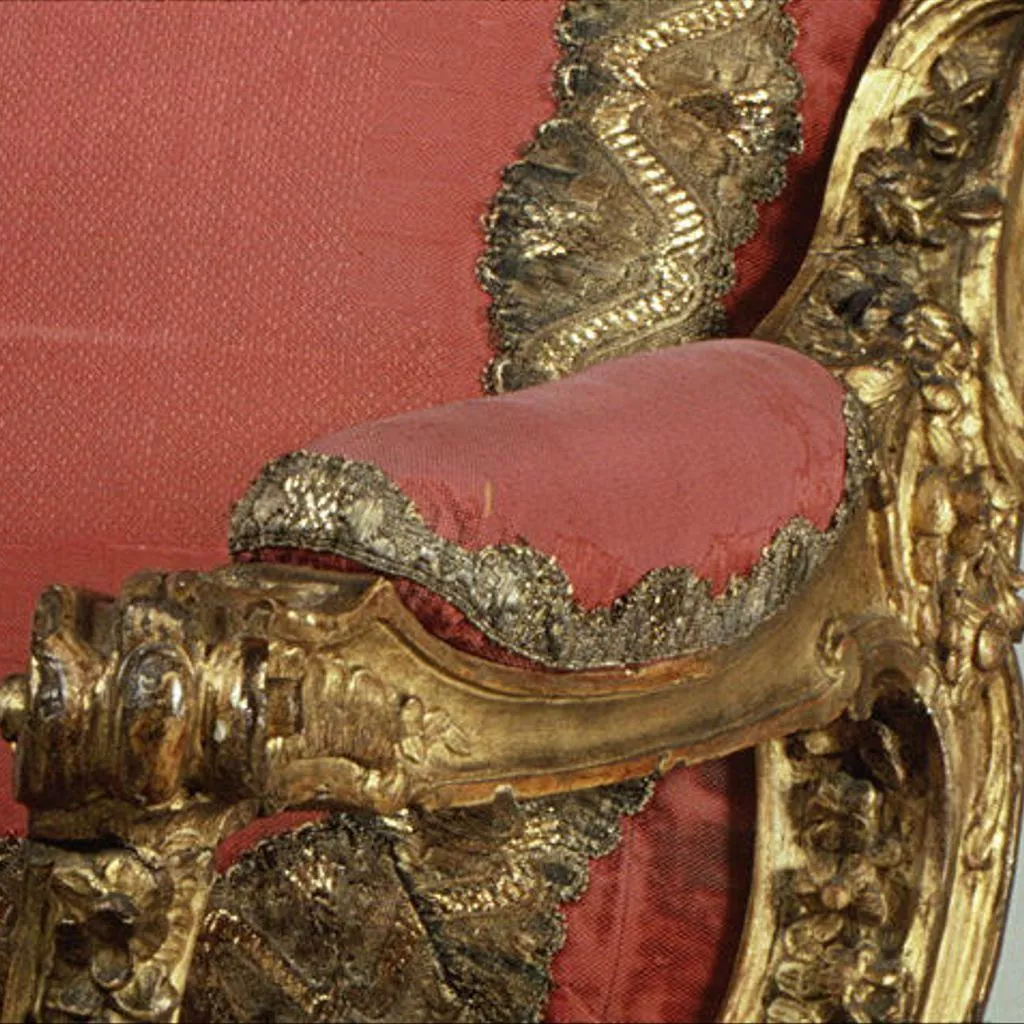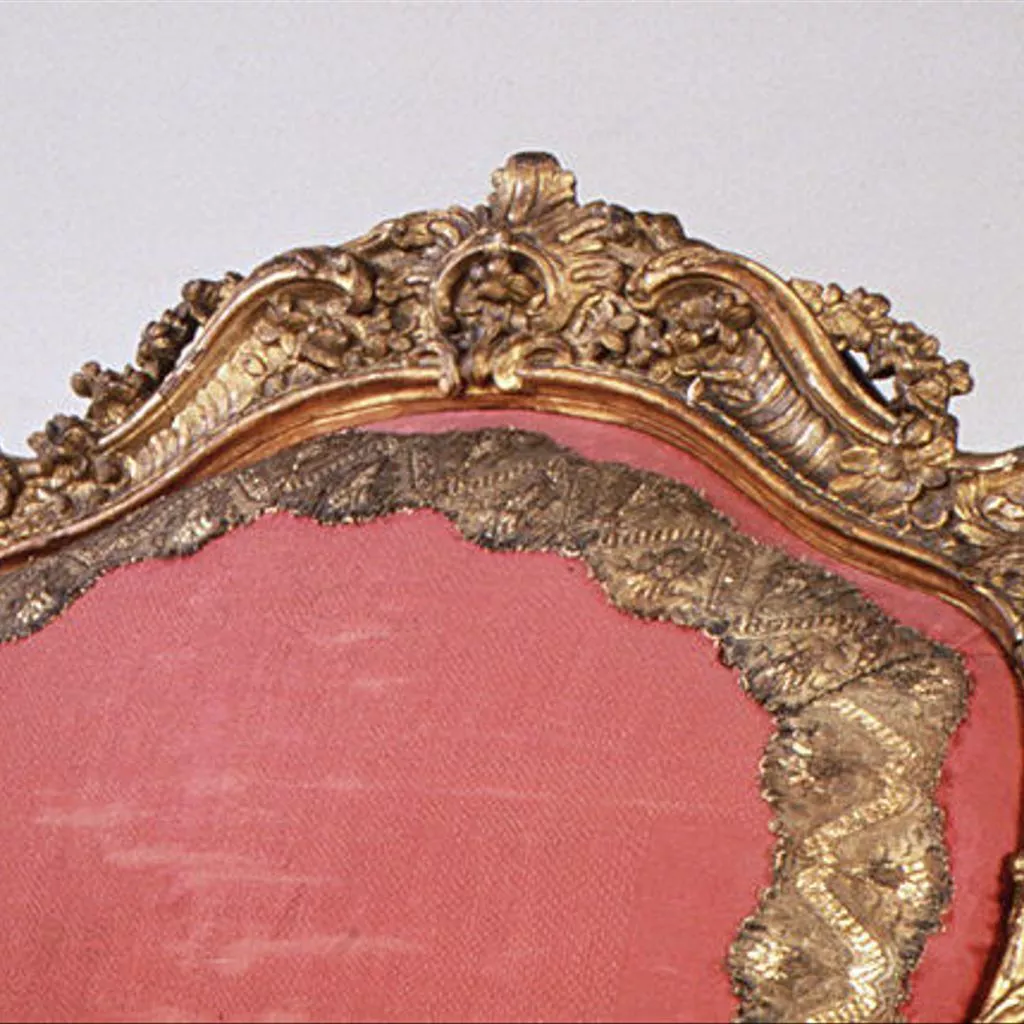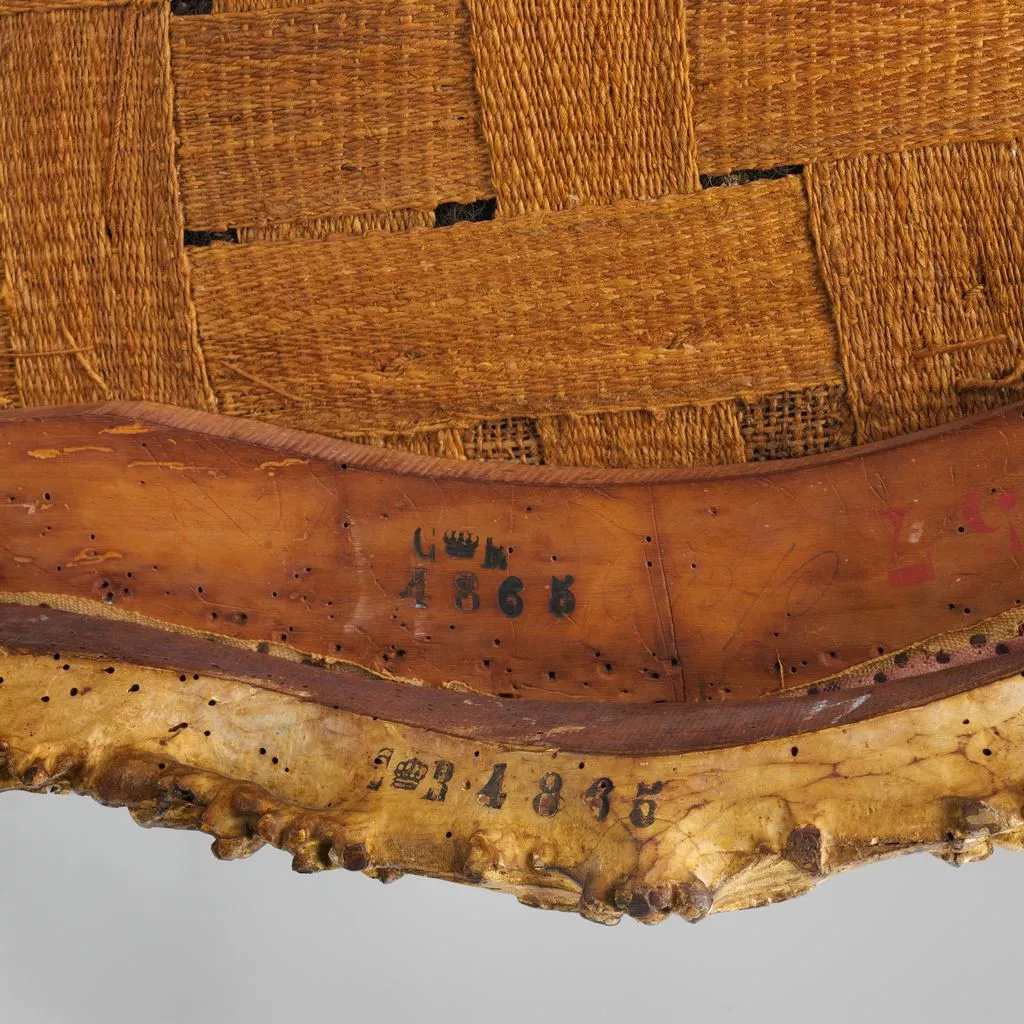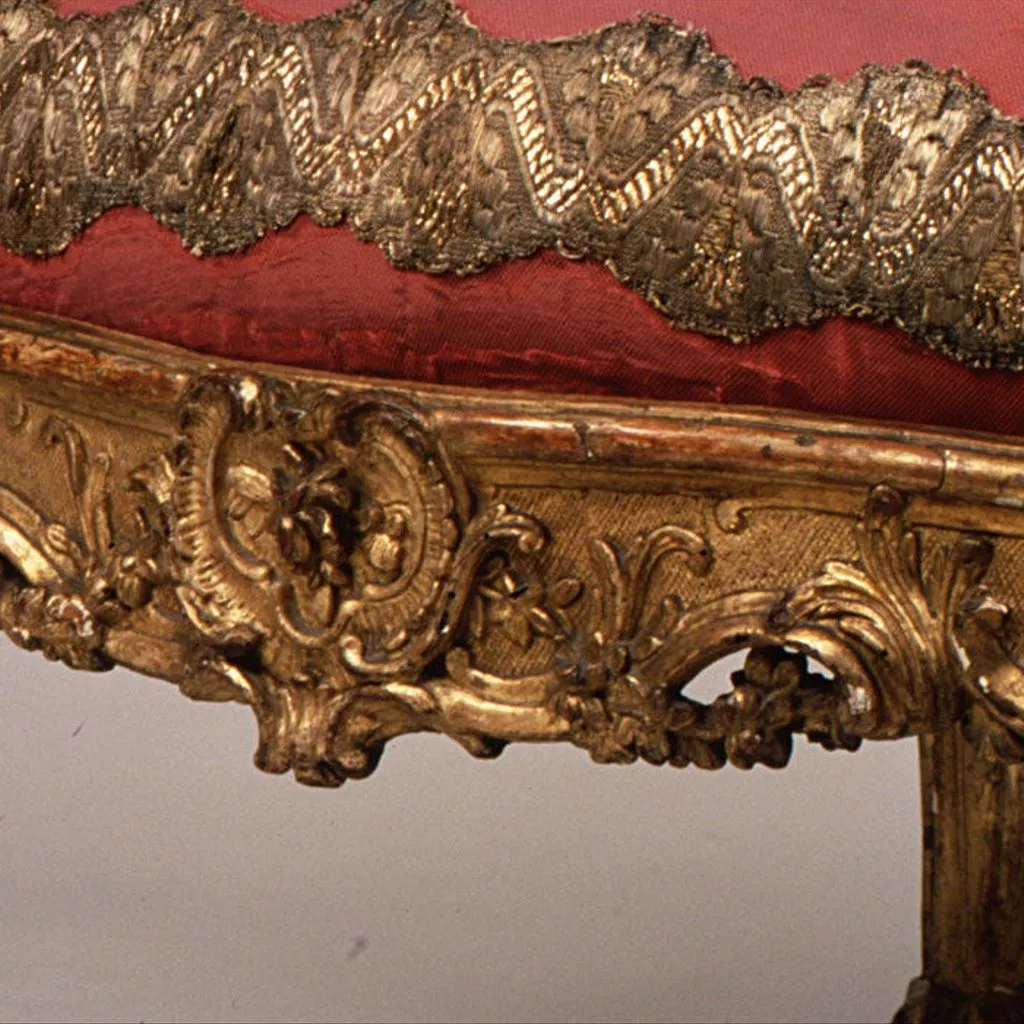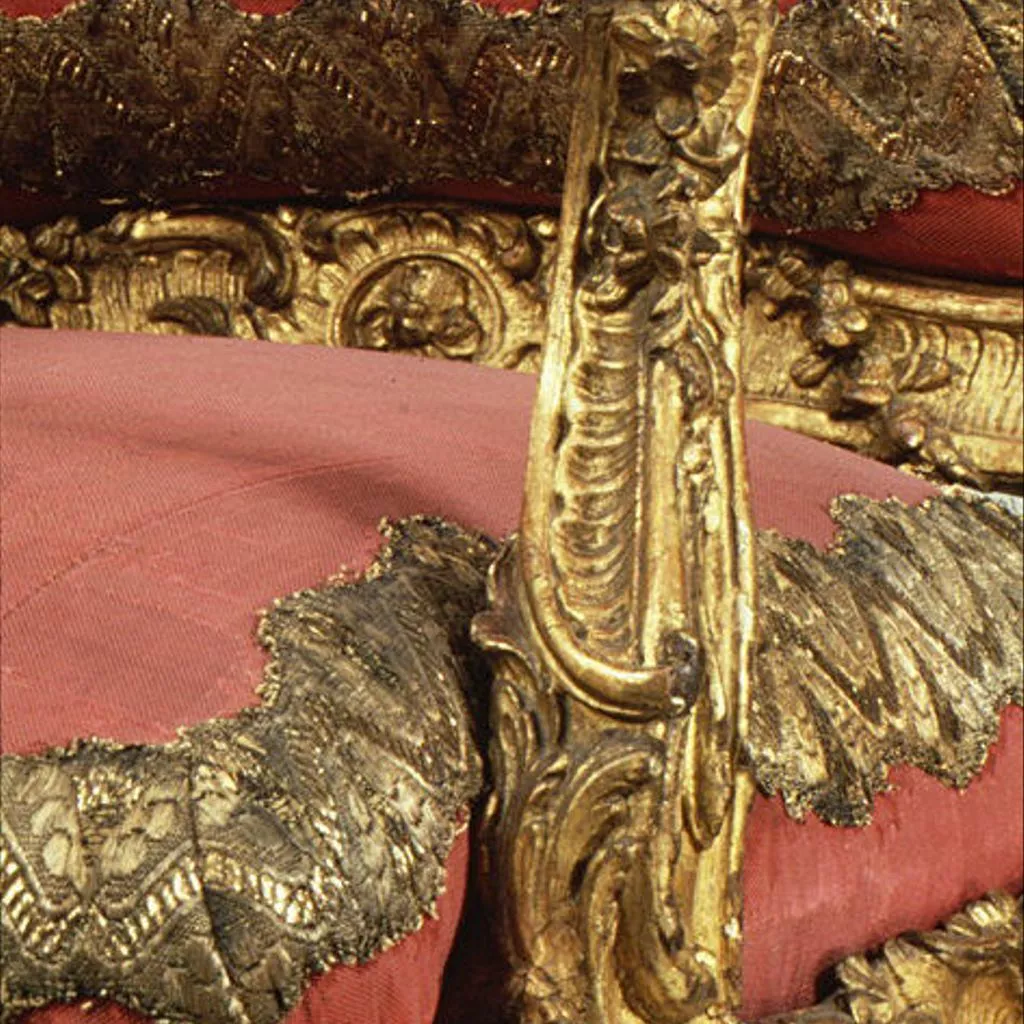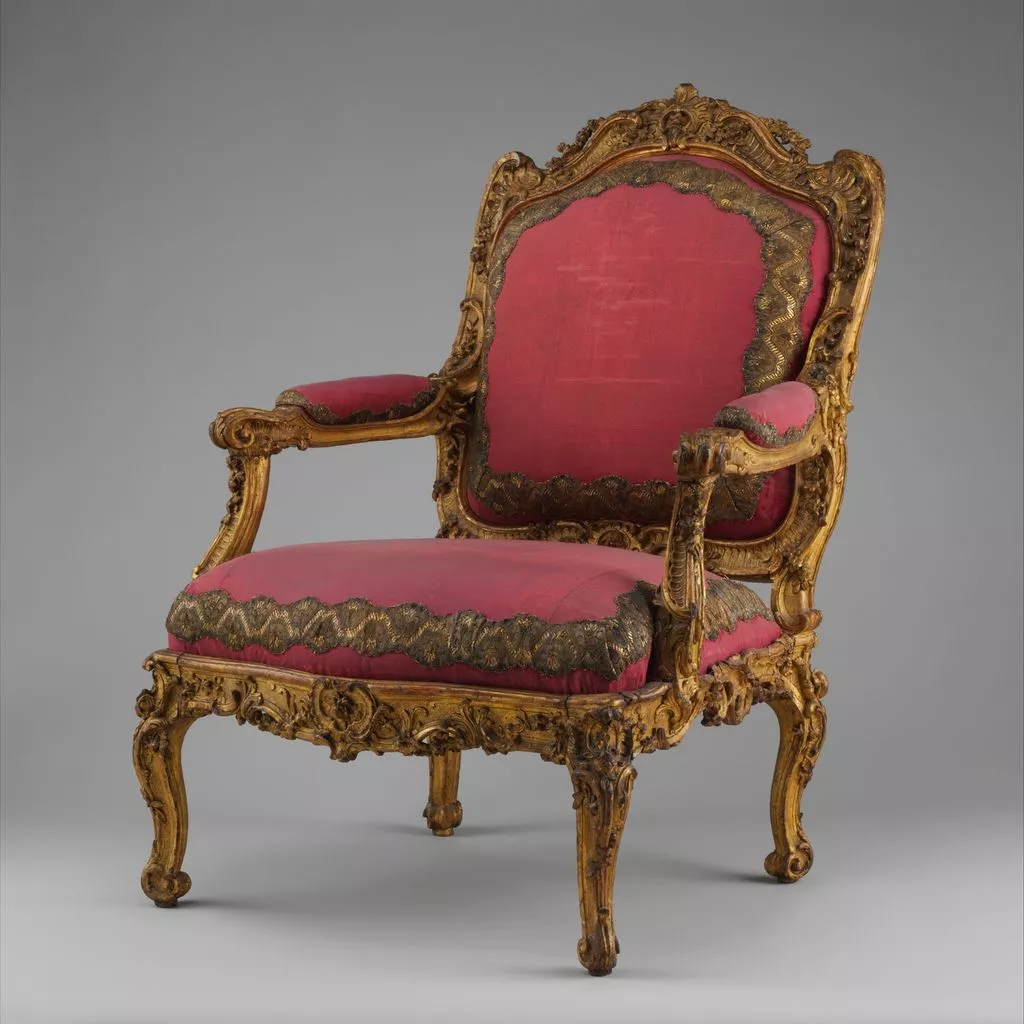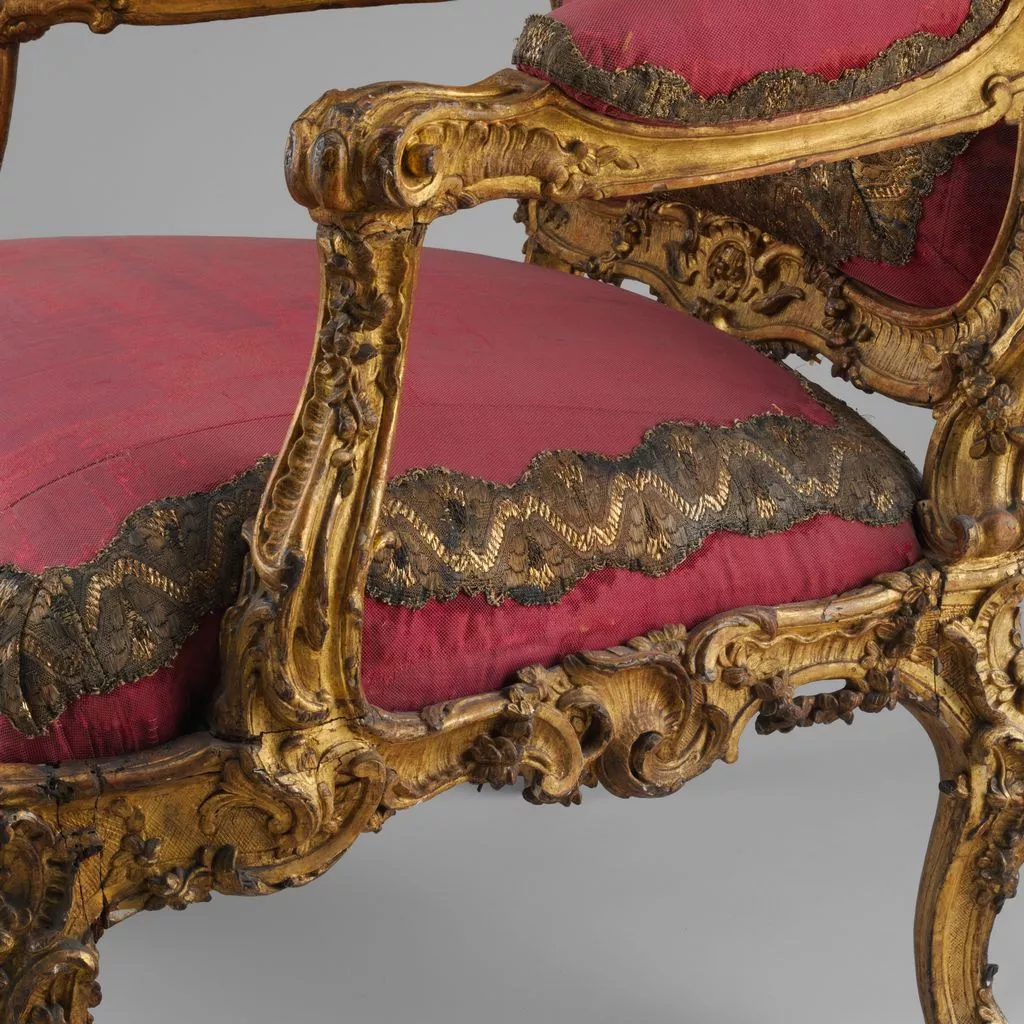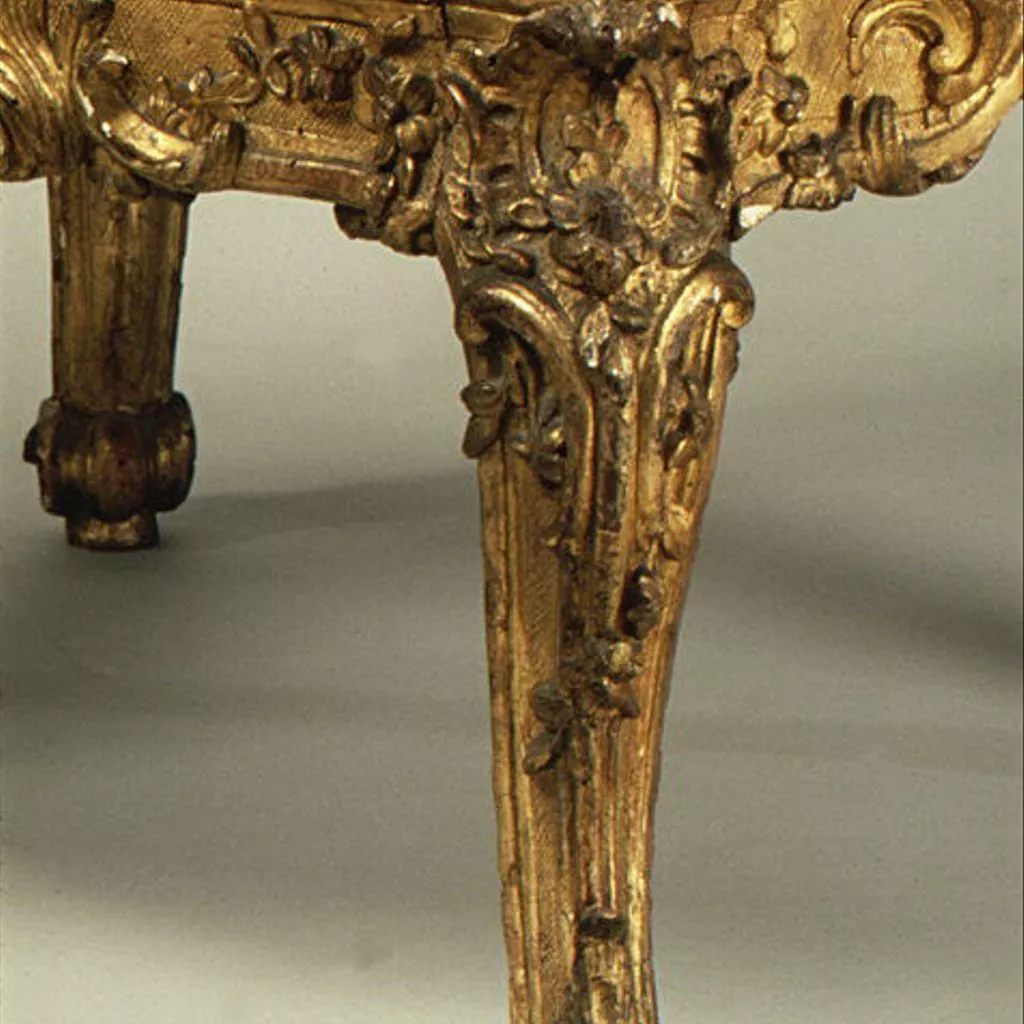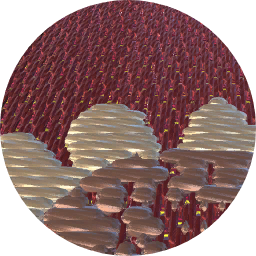Description
The French statesman René-Louis de Voyer de Paulmy (1694 – 1757 ), marquis d’Argenson, observed in 1749 that the palace at Parma was bereft of everything; it had not a stick of furniture nor even a staircase. He predicted that much time would be needed to remedy these shortcomings. [1] No wonder, then, that the previous year Louise-Élisabeth, the eldest and favorite daughter of Louis XV, who with her husband, Don Philip of Spain, had been awarded the duchy of Parma, declined to settle in the empty shell. She traveled to her father’s court at Versailles instead, where she commissioned furnishings for her new home. Louise-Élisabeth (1727 – 1759) returned to northern Italy in October with thirty-four wagonloads of purchases and gifts. It is quite possible that this armchair was among the things she brought back at that time.Part of a large set of seat furniture made in Paris but assembled, gilded, and upholstered in Parma, this chair has been attributed to Nicolas-Quinibert Foliot and was possibly executed after a design by the architect and designer Pierre Contant d’Ivry. The Foliots were an important family of chairmakers active in mideighteenth-century Paris and employed by the Garde-Meuble de la Couronne, the royal office that supplied furniture to the French court.An unknown sculptor executed the high-relief carving, consisting of rocailles, shells, wing motifs, C-scrolls, and floral garlands. This decoration is highly asymmetrical on the chair’s side rails and is thus an expression of the pure Rococo style. The chair is upholstered à châssis, with a drop-in seat and removable back and arm pads, to which the original crimson velvet is tacked underneath, accommodating a seasonal change of upholstery. The scalloped edge of the gold trim echoes the serpentine outline of the chair’s frame. An armchair belonging to the same set is shown in the Museum’s full-length portrait of Louise-Élisabeth’s daughter Maria Luisa of Parma (1751 – 1819), later queen of Spain (26.260.9).Footnotes1. Journal entry for March 30, 1749, in Argenson 1857 – 58, vol. 3, p. 252











